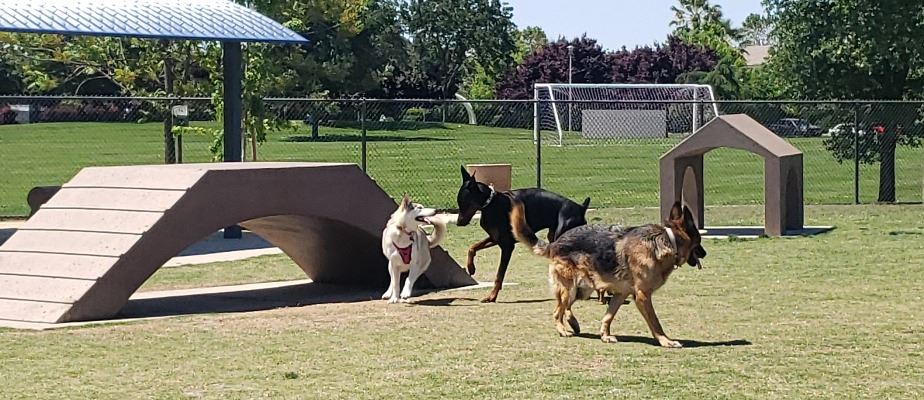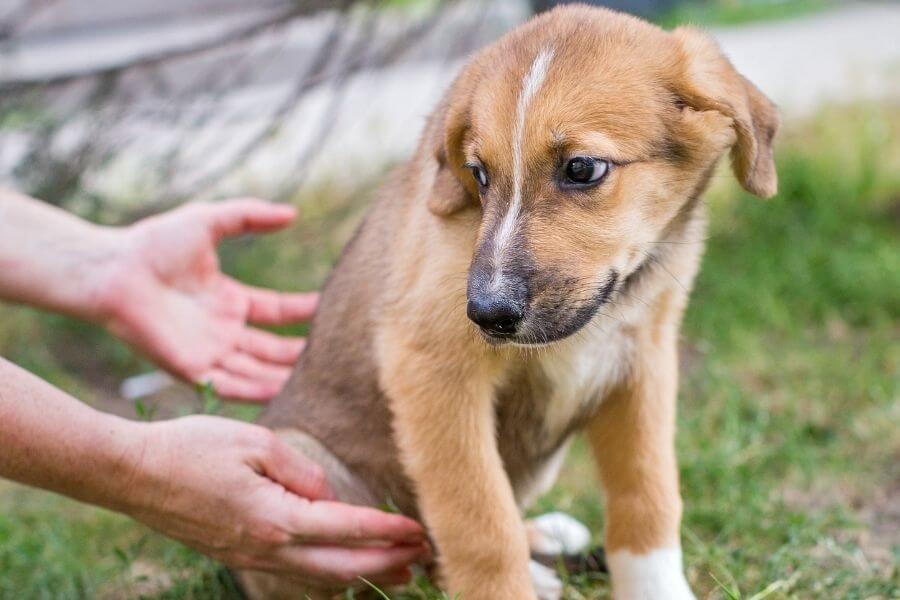
You just brought your new dog home, or you noticed your older dog is sleeping around too much, and you wonder if your dog should be getting some exercise. Well just like people, any kind of exercise is going to be beneficial, so how often should your dog be getting exercise? The frequency and duration of exercise for your dog can vary depending on their age, breed, size, and overall health. Based on these four categories I created a general guideline that any dog owner can follow:
1. Daily Exercise: Most dogs benefit from some form of exercise every day. This can include walks, playtime in the yard, or indoor play if the weather is bad. You may find your dog has an increase in activity and interest in play time after they’ve eaten their meal. Even though this sounds great you still want to keep in mind that just like human, dogs may have an upset stomach if they exercise too much after they eat. As a general rule, it’s best to make sure your dog takes about a 30 minute rest after they eat, to give time for their stomachs to digest. Then it’s all about play time!
2. Puppies: Puppies have a lot of energy, and they require multiple short play and exercise sessions throughout the day. Aim for at least 15-20 minutes of playtime for every month of age, but not more than their little bodies can handle. Consult with your veterinarian for specific recommendations based on your puppy’s breed and size. Remember that the smaller sized dogs can’t do intense runs like a husky would be able to do with their owner.
3. Adult Dogs: Adult dogs typically need around 30 minutes to 2 hours of exercise per day, depending on their breed and energy level. Some high-energy breeds may require even more. If you think your dog is going crazy in your house this is a very good indication that your dog needs more exercise to let out some of that pent up energy.
4. Senior Dogs: Older dogs may need less exercise, but they still benefit from regular activity to keep their joints and muscles healthy. Shorter, less intense walks and gentle play sessions are usually more suitable for seniors. Keep in mind there are some dog breeds that will inevitably have their legs fail, and exercise may help prolong, but ultimately won’t solve the problem.
5. Breed Consideration: Different dog breeds have different exercise needs. High-energy breeds like Border Collies or Labrador Retrievers may need more exercise than low-energy breeds like Basset Hounds or Bulldogs. It’s always recommended to research your dog breed which you can do at the American Kennal Club, and there you will find under the personality trait your dog’s breed energy level.
6. Health and Fitness: Pay attention to your dog’s individual health and fitness level. If your dog is overweight or has certain health issues, consult with your veterinarian for guidance on an appropriate exercise routine. Your veterinarian should know based on your dog’s size and breed the appropriate weight. They may make recommendations to lessen the amount of food they eat, or to give them more exercise.
7. Mental Stimulation: In addition to physical exercise, mental stimulation is essential for a dog’s well-being. Puzzle toys, obedience training, and interactive games can help keep their minds active. My favorite interactive game with Koko is to hide her favorite toy (a stuffed dinosaur, named Dino) in a nearby room, and then have her go find it. This game is very fun for her, and it helps keep her mind active!
8. Weather Consideration: Adjust your dog’s exercise routine based on the weather. Dogs can overheat in hot weather and may need shorter walks during extreme heat. Always bring water for your dog on walks. In cold weather, consider their comfort and safety.
Remember that it’s essential to tailor your dog’s exercise routine to their specific needs and monitor their response to exercise. Some dogs may require more exercise than others, and it’s crucial to strike a balance between physical activity and rest to prevent overexertion or injury. Always consult with your veterinarian for personalized recommendations for your dog’s exercise needs.






